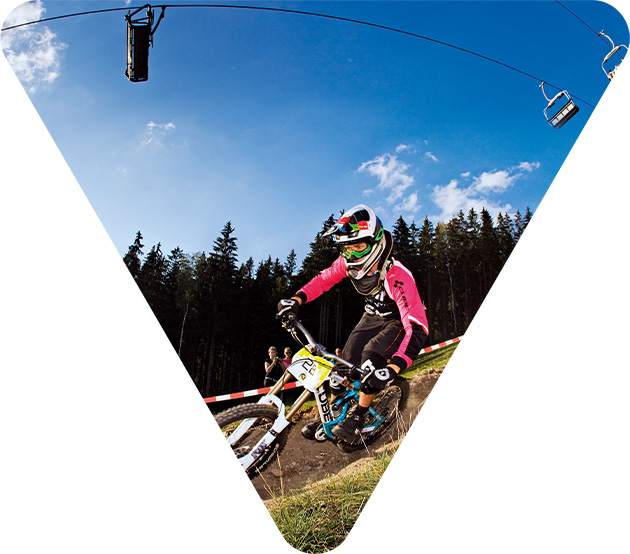The Vogtland district is in a lovely, convenient location in the southwest of Saxony, directly bordering Bavaria, Thuringia and the Czech Republic. The gentle heights of the Ore Mountains and Elster Mountains look down on long, green valleys and large stretches of forest. Crystal-clear reservoirs and nature conservation areas make the perfect setting for all kinds of leisure activities. In the winter, the Skiwelt Schöneck ski centre has marvellous pistes and cross-country ski runs; in the summer, it is popular with mountain bikers.
The Vogtland district’s abundant natural assets are coupled with a well-developed tourism infrastructure with various hiking and cycling routes, leisure facilities, fascinating museums and historic castles. The area is well known for Plauen lace, Markneukirchen instrument-making or the impressive Göltzsch Viaduct.






